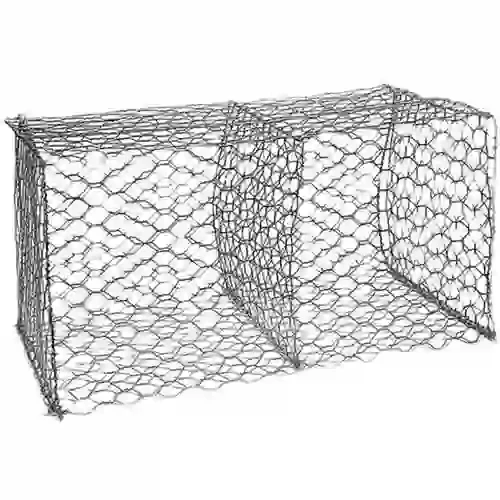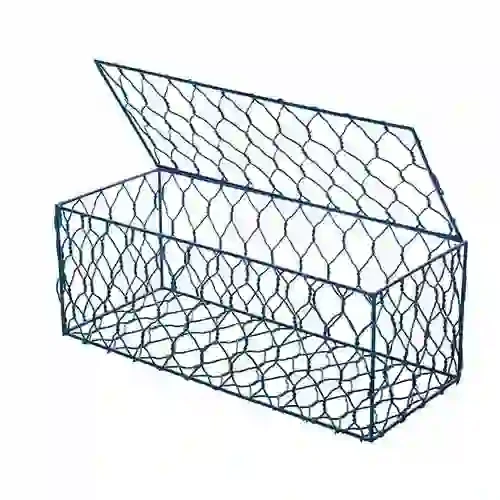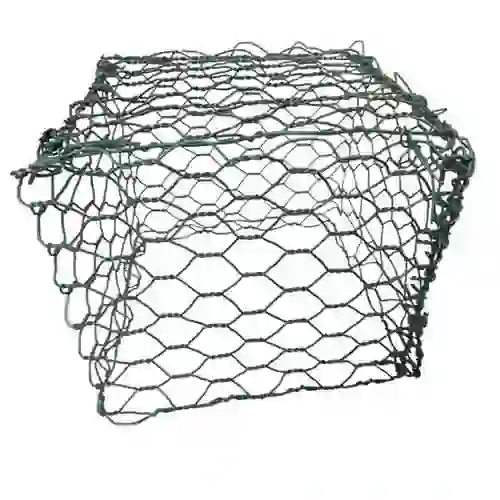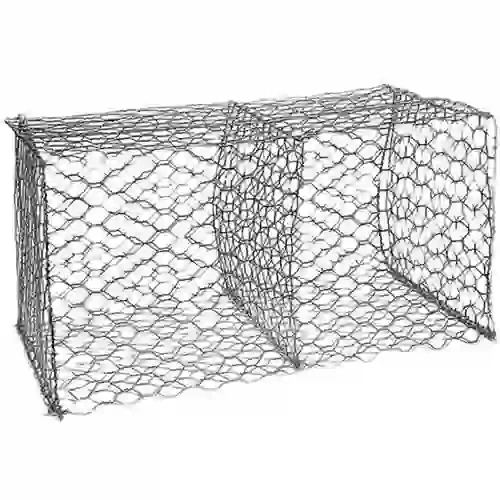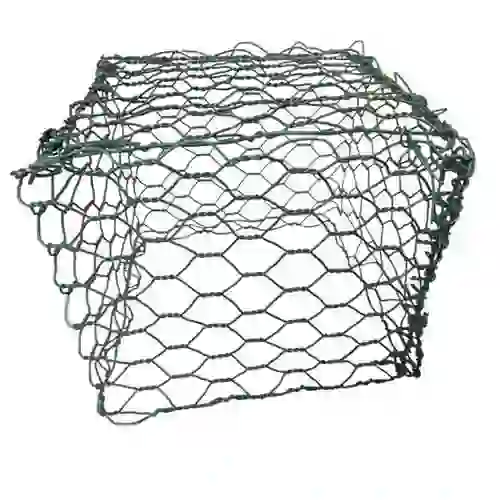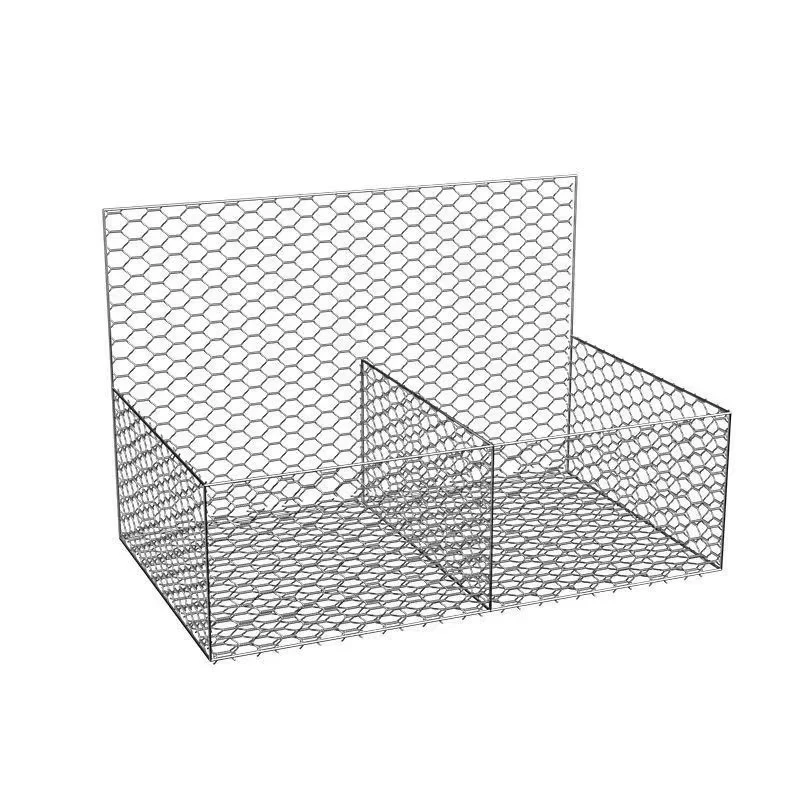-
 Phone:
Phone: -
 Email:
Email:

High-Quality Reinforcement Tie Wire Types of Ties in Reinforcement Durable Concrete Tie Wire Solutions
- Introduction to reinforcement tie wire
and its significance in construction - Different types of ties in reinforcement and their functions
- Technical advantages, performance data and concrete tie wire specifications
- Market analysis and leading manufacturer comparison
- Custom solutions for specialized construction projects
- Case studies showcasing industry applications and practical benefits
- Conclusion emphasizing best practices for reinforcement tie wire utilization
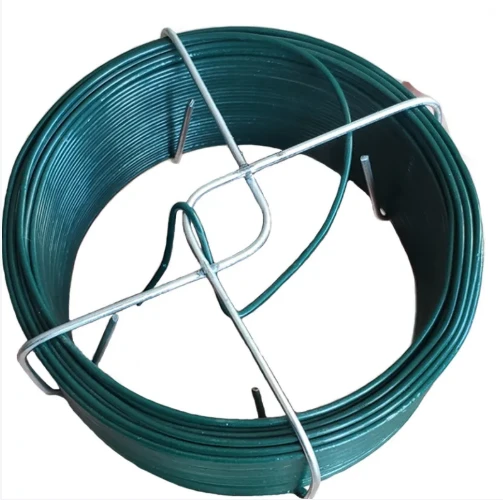
(reinforcement tie wire)
Introduction: The Role of Reinforcement Tie Wire in Modern Construction
Reinforcement tie wire stands as a critical component in reinforced concrete construction, ensuring the stability and integrity of rebar frameworks prior to concrete pouring. Globally, over 10 million tons of reinforcement tie wire are utilized yearly, reflecting the immense scale of its application in bridges, tunnels, buildings, dams, and highways. By securing rebars at intersections, this versatile wire guarantees precise alignment and uniform spacing, reducing structural failures by almost 50% compared to untied frameworks. The importance of optimal tie wire selection cannot be overstated, especially for projects demanding resilience to seismic activity and extreme weather. As construction codes tighten, industry stakeholders increasingly recognize reinforcement tie wire not merely as an accessory but as a performance driver for safety, durability, and long-term value.
Types of Ties in Reinforcement: Selection and Practical Uses
The efficiency and reliability of reinforced concrete are largely influenced by the tying method. There are several key types of ties in reinforcement, each tailored to specific structural needs and environmental exposures. The major tie styles include:
- Single Ties: Quick and cost-effective, used for light loads but less suited for heavy-duty applications.
- Double Ties: Increased hold, frequently applied where greater loads or vibration are expected.
- Saddle Ties: Secure two intersecting rebars, ideal for column and beam cages due to their enhanced restraint.
- Saddle & Wrap Ties: Added wrapping around rebars for critical zones where slippage cannot be tolerated; common in earthquake-prone regions.
- Figure Eight and Hoop Ties: Specialized for circular or curved reinforcement cages, popular in water tanks and tunnels.
Technical Advantages: Performance Data and Concrete Tie Wire Specifications
Advancements in metallurgy and wire coating have propelled concrete tie wire to new heights in performance. Key metrics for product selection include tensile strength, elongation, corrosion resistance, and ease of installation. Manufacturing processes such as annealing deliver wire with up to 40% more flexibility than non-annealed options, facilitating faster tying and reduced labor fatigue.
| Specification | Standard Black Annealed Tie Wire | Galvanized Tie Wire | Epoxy-Coated Tie Wire |
|---|---|---|---|
| Tensile Strength (MPa) | 350–550 | 380–600 | 380–570 |
| Common Sizes (mm) | 0.8–1.5 | 0.7–1.4 | 0.8–1.2 |
| Corrosion Resistance | Low | High | Very High |
| Expected Service Life (years) | 15-25 | 25-35 | 35-50 |
| Environment Suitability | Interior/dry | Exterior/moderate | Marine/harsh |
These improvements enable up to 30% reduction in maintenance costs over 20 years, especially evident in corrosive or high-humidity environments. Innovations like plastic or epoxy coatings further extend the wire's effective lifespan, critical for infrastructure with long life cycles.
Manufacturer Comparison: Market Leaders, Pricing & Differentiators
The global reinforcement tie wire market is populated by a dozen prominent manufacturers, all competing on price, innovation, and service. Below is a comparative overview of three leading brands based on annual output, pricing, product range, and after-sales support.
| Manufacturer | Annual Output (MT) | Product Range | Average Price (USD/MT) | Certification | After-Sales Support |
|---|---|---|---|---|---|
| BetonWire Inc. | 180,000 | Black, Galvanized, Epoxy | 920 | ISO 9001, ASTM | 24/7 Technical |
| SteelMesh Global | 220,000 | Black, Galvanized | 890 | ISO 9001, BS | Standard Office Hours |
| IronFlex Solutions | 165,000 | Black, Epoxy | 950 | ISO 14001, ASTM | On-site Consultancy |
While SteelMesh Global leads in volume and competitive pricing, BetonWire Inc. is noted for its broadest range and around-the-clock technical guidance—an important factor for large-scale or time-sensitive infrastructure projects. IronFlex Solutions, although costlier, is prized for on-site consultancy and environmental compliance.
Custom Solutions for Unique Construction Requirements
No two construction projects are identical, and emerging architectural demands have driven the need for fully customizable reinforcement tie wire solutions. Customizations span wire thickness, coil size, packaging, specialty coatings (such as high-durability zinc-aluminum), and pre-cut lengths. For instance, offshore wind turbines require tie wires with triple-layered anti-corrosion protection, while high-rise buildings often specify low-relaxation and high-yield wires to withstand dynamic wind loads.
Leading manufacturers now offer digital design interfaces where engineers can specify custom tie profiles, tensile strengths, and coating thickness to comply with project blueprints and regulations. Bulk orders can realize cost savings of up to 12%, while advancement in automated tying tools has shaved 20-30% off installation times in the last five years. Such custom-tailored solutions optimize not only costs but lifecycle performance, especially for demanding sectors like transportation, marine, and energy infrastructure.
Application Case Studies: Reinforcement Tie Wire in Action
The real value of concrete tie wire materializes in the demanding environments of today's megaprojects. Below are three illustrative case studies:
- Urban Rail Transit: In 2022, a 40km metro line project deployed over 3,500 tons of galvanized tie wire, contributing to a 30% acceleration in rebar cage preparation and stringent vibration-proof standards.
- Marine Bridge Construction: In Northern Europe, epoxy-coated tie wire enabled a sea-crossing bridge to double its expected lifespan and cut annual rust-related repair costs by $200,000.
- High-Rise Tower: In South Asia, automated tying combined with 1.0 mm annealed wire slashed human error rates by 70%, with a six-month reduction in total construction time for a 65-story skyscraper.
Conclusion: Best Practices for Reinforcement Tie Wire Performance
Ultimately, specifying and installing the proper reinforcement tie wire yields pronounced advantages for any concrete construction project. Stakeholders are urged to:
- Freely consult with certified manufacturers for up-to-date product data;
- Match wire type and specification to jobsite conditions and lifespan goals;
- Employ skilled labor and automated tools where practical, reducing errors and costs;
- Regularly inspect and document tie integrity alongside rebar placement;
- Consider total lifecycle cost over unit price to maximize long-term value and safety.

(reinforcement tie wire)
FAQS on reinforcement tie wire
Q: What is reinforcement tie wire used for in construction?
A: Reinforcement tie wire is used to secure rebars (reinforcing bars) in place before pouring concrete. It helps maintain correct positioning and structural integrity. This wire ensures the rebar does not shift during the concrete pour.Q: What types of ties are commonly used in reinforcement work?
A: Common types of ties in reinforcement include simple tie, double tie, saddle tie, and cross tie. These ties vary based on the structural requirements and complexity of the rebar arrangement. Choosing the correct tie type enhances strength and stability.Q: How do you use concrete tie wire?
A: Concrete tie wire is typically threaded or wrapped around intersecting rebars, then twisted tightly using pliers or special tying tools. This secures the rebars in their designed positions. Proper tying is essential for maintaining reinforcement placement during concrete pouring.Q: What materials are reinforcement tie wires made from?
A: Most reinforcement tie wires are made from annealed steel, which is flexible yet strong. Some may have a galvanized coating for corrosion resistance. The material ensures the wire holds well and does not snap during twisting.Q: Are there specific gauges or thicknesses for reinforcement tie wire?
A: Yes, reinforcement tie wire is available in different gauges, typically ranging from 16 to 18 gauge. The thickness chosen depends on the rebar size and strength requirements. Thicker wire offers greater strength but may be less flexible to work with.-
Versatile Protection with Hexagonal Wire MeshNewsJul.14,2025
-
Smart and Strong Security Solutions with Chain Link FenceNewsJul.14,2025
-
Safeguarding Mountainsides with Premium Rockfall Protection NettingNewsJul.14,2025
-
Reliable and High-Strength Solutions with Baling Wire for SaleNewsJul.14,2025
-
Leading the Industry: Innovative Security Solutions with Barbed WireNewsJul.14,2025
-
Efficient and Durable Fastening with Premium Loop Tie WireNewsJul.14,2025
-
Uncompromised Slope Safety with Advanced Rockfall Protection NettingNewsJun.09,2025

